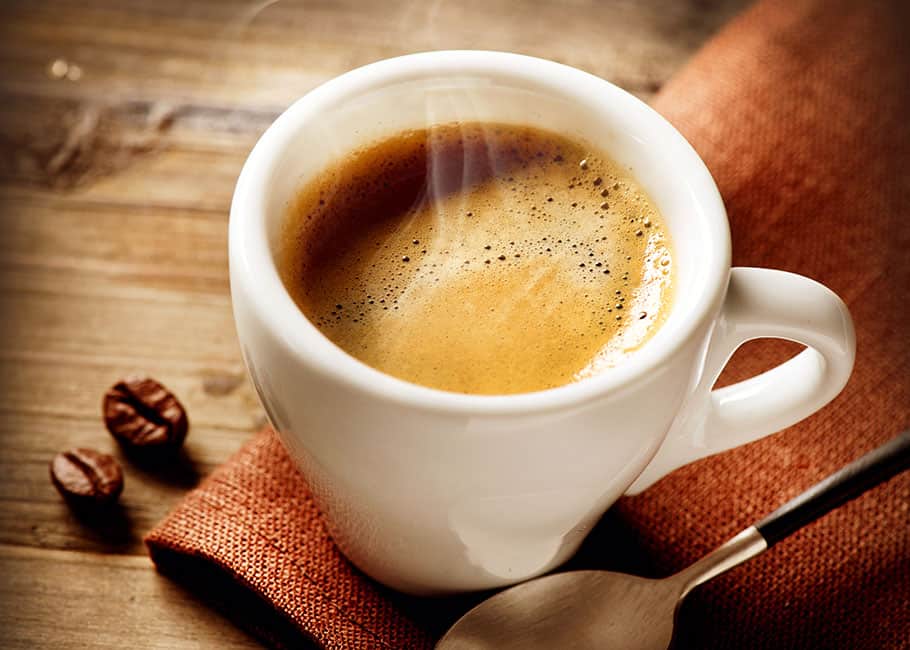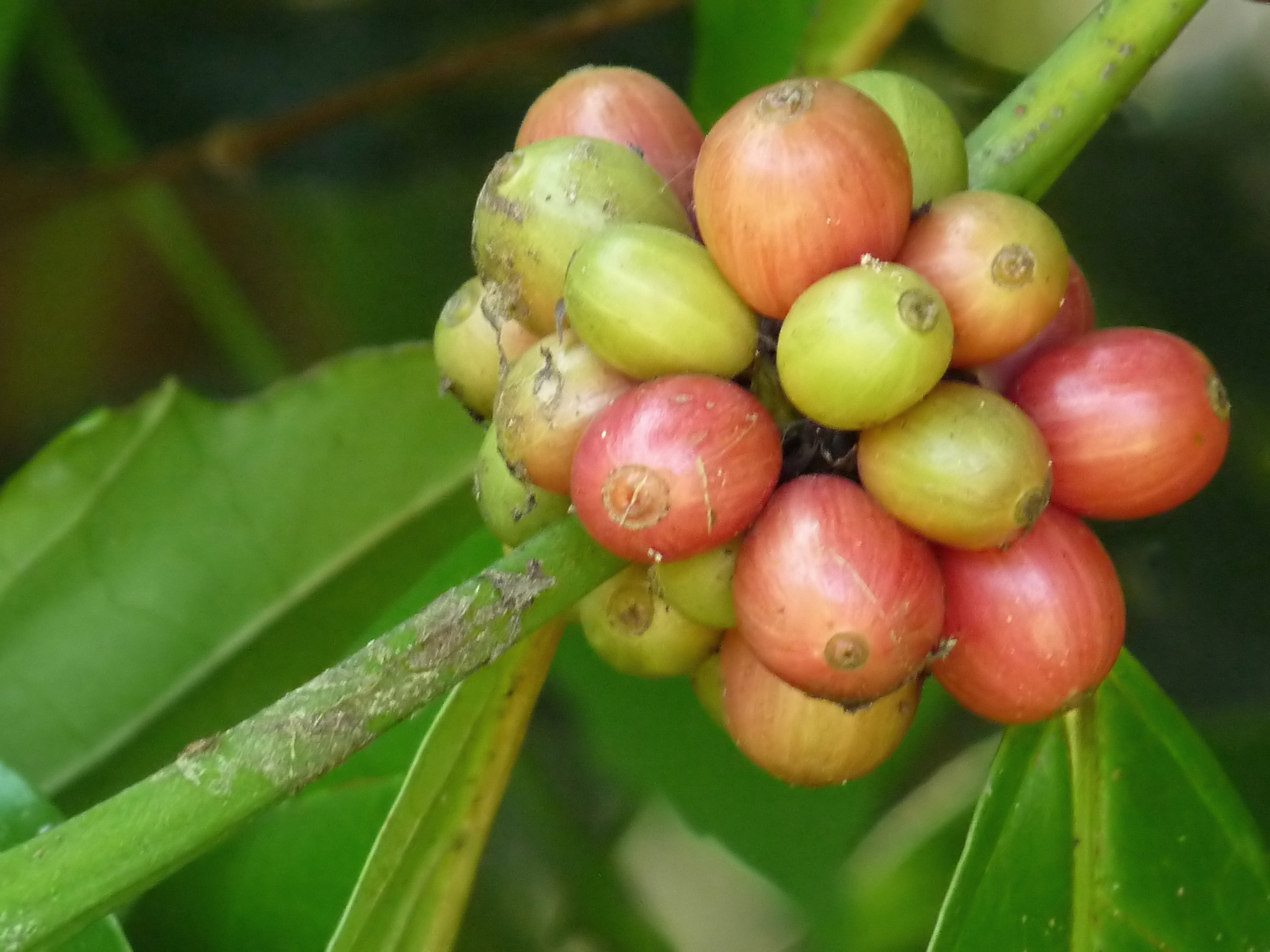Fine Arabica vs Mighty Robusta
What Cup Are You?

Arabica and robusta coffee are the world's most popular coffee grains. However, they aren't the only coffee grains out there. How can we decide which coffee grain fits our cup the best? This is what we'll find out in this article by examining and understanding two of the most popular coffee grains out there.
Arabica coffee
Coffea arabica (/əˈræbɪkə/), also known as the Arabian coffee, "coffee
shrub of Arabia", "mountain coffee" or "arabica coffee", is a species of
Coffea. It is believed to be the first species of coffee to be
cultivated, and is the dominant cultivar, representing about 60% of
global production. Coffee produced from the (less acidic, more bitter,
and more highly caffeinated) robusta bean (C. canephora) makes up most
of the remaining coffee production. Arabica coffee was first found in
Yemen and documented by the 12th century. Coffea arabica is called būna
in Arabic.
Source

Much About Flavor ...
High quality arabica coffee should have a slightly sweet flavor, with hints of chocolate, nuts, and caramel. You may also notice hints for fruit and berries. There will be a slight/pleasant acidity, and a little bitterness. Cold brewing coffee can help bring out the sweet flavors of arabica even more.The roast you choose will affect the degree to which you notice the flavors. The area and soil composition the beans are grown in can also affect the balance of the above flavors. Storing coffee beans properly so they stay nice and fresh is a great way to help preserve those yummy flavor notes.
Robusta Coffee
Coffea canephora (syn. Coffea robusta), commonly known as robusta coffee, is a species of coffee that has its origins in central and western sub-Saharan Africa. It is a species of flowering plant in the family Rubiaceae. Though widely known as Coffea robusta, the plant is scientifically identified as Coffea canephora, which has two main varieties, robusta and nganda.
Robusta is easier to care for and has a greater crop yield than C.
arabica, so is cheaper to produce. The robusta plant contains more
caffeine (2.7% compared to arabica's 1.5%), and contains less sugar
(3–7% compared to arabica's 6–9%).It also requires less herbicide and
pesticide than arabica.
Source

Much About Strenght ...
Roasted robusta beans produce a strong, full-bodied coffee with a
distinctive earthy flavour, but usually with more bitterness than
arabica due to its
pyrazine
content. The powerful flavour of the robusta can be desirable in a blend
to give it perceived "strength" and "finish", noticeably in Italian
coffee culture. Good-quality robusta beans are used in traditional
Italian espresso blends, at about 10–15%, to provide a full-bodied taste
and a better foam head (known as crema).
Source
The main differences
- Arabica coffee is pricier;
- Arabica has more acidity and a sweeter or floral after taste;
- Robusta coffee is cheaper;
- Robusta has a more full-body stronger taste with more bitterness instead of acidity;
- Robusta has more caffeine than the Arabica coffee;
- Both coffee beans can differ in taste and aroma depending on the roast;
So which one?
Ultimatly, we now see that it's a question of personnal taste and depending on many factors, we can experience subtle or punchier differences between both famous coffee beans.
Crown Coffee
Crown Coffee now has two of the most famous and prestigious selections of coffee beans in the world. Pick your roasting preference and soon enjoy an exquisite blend or single type of coffee beans. So, what cup are you?
